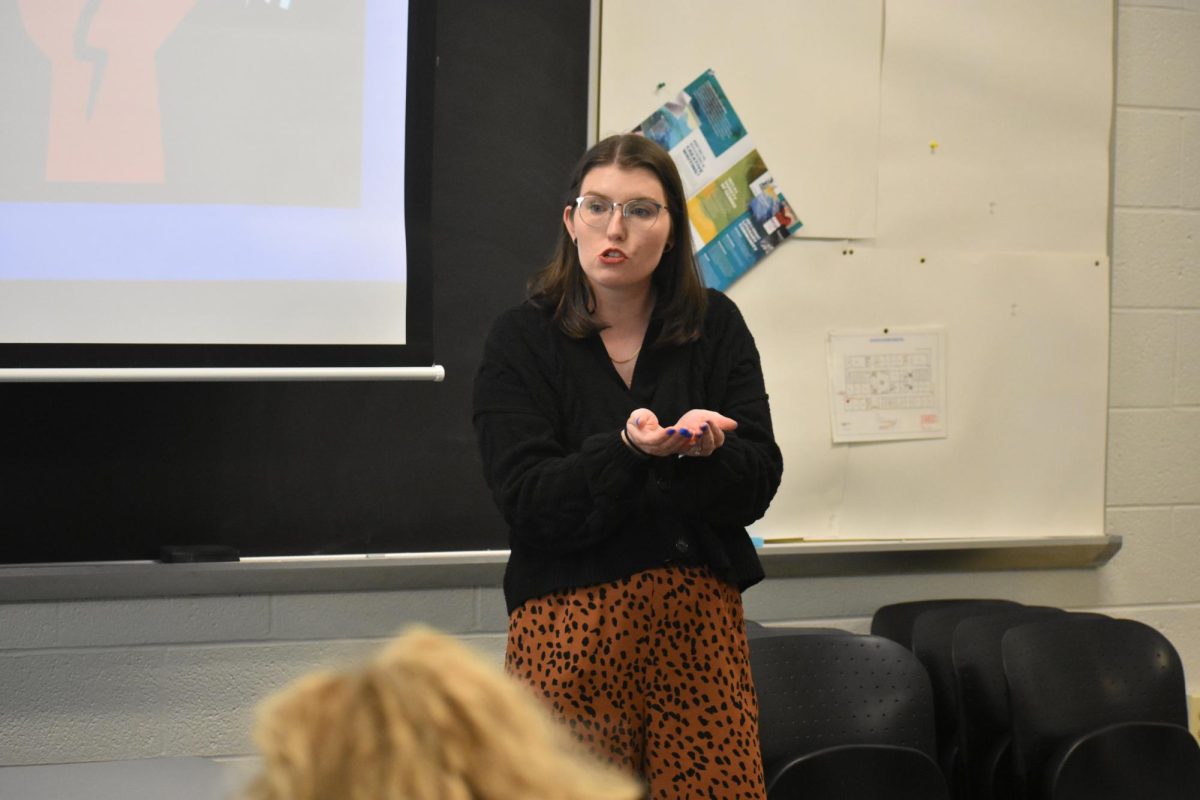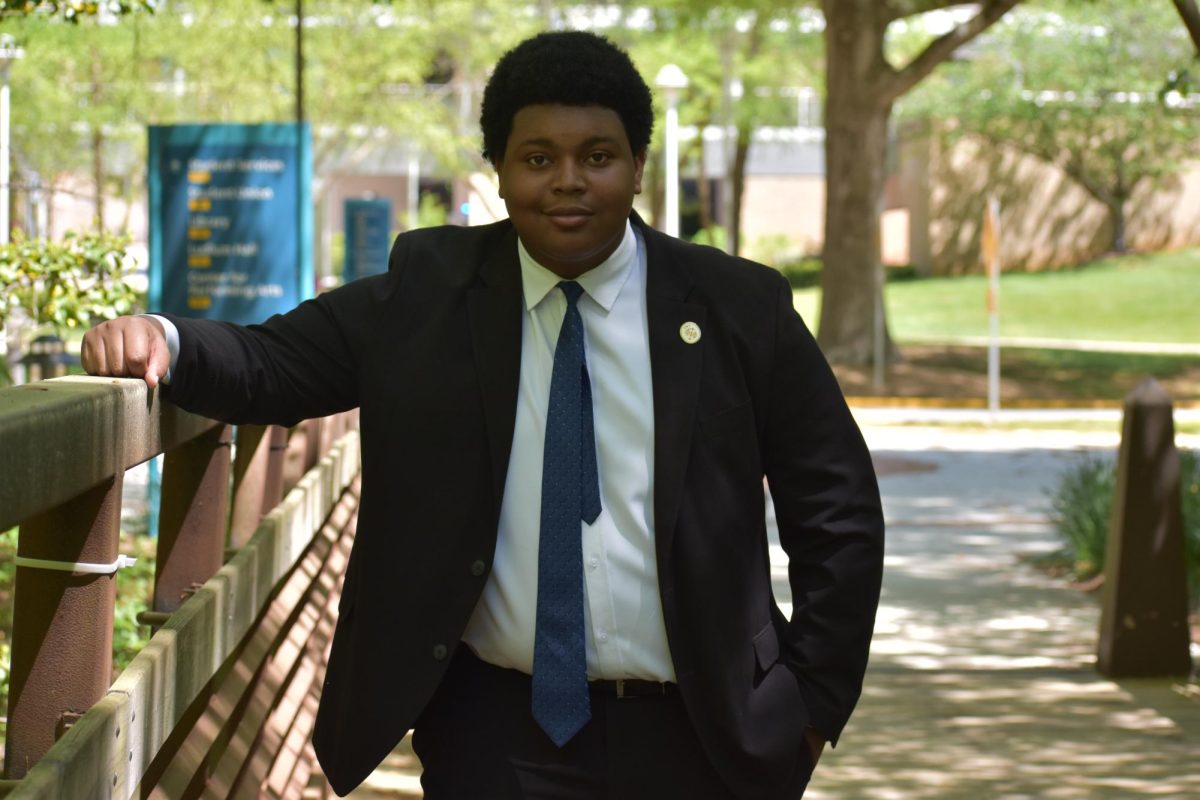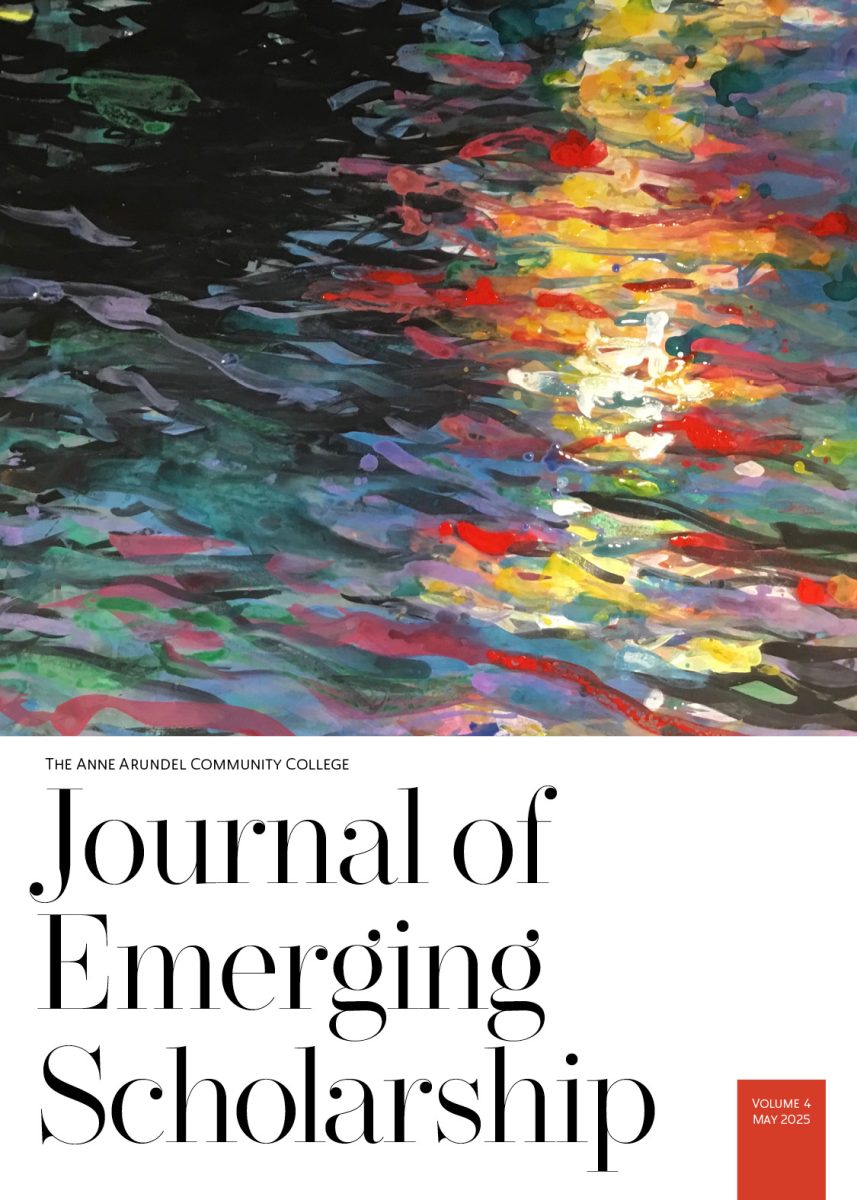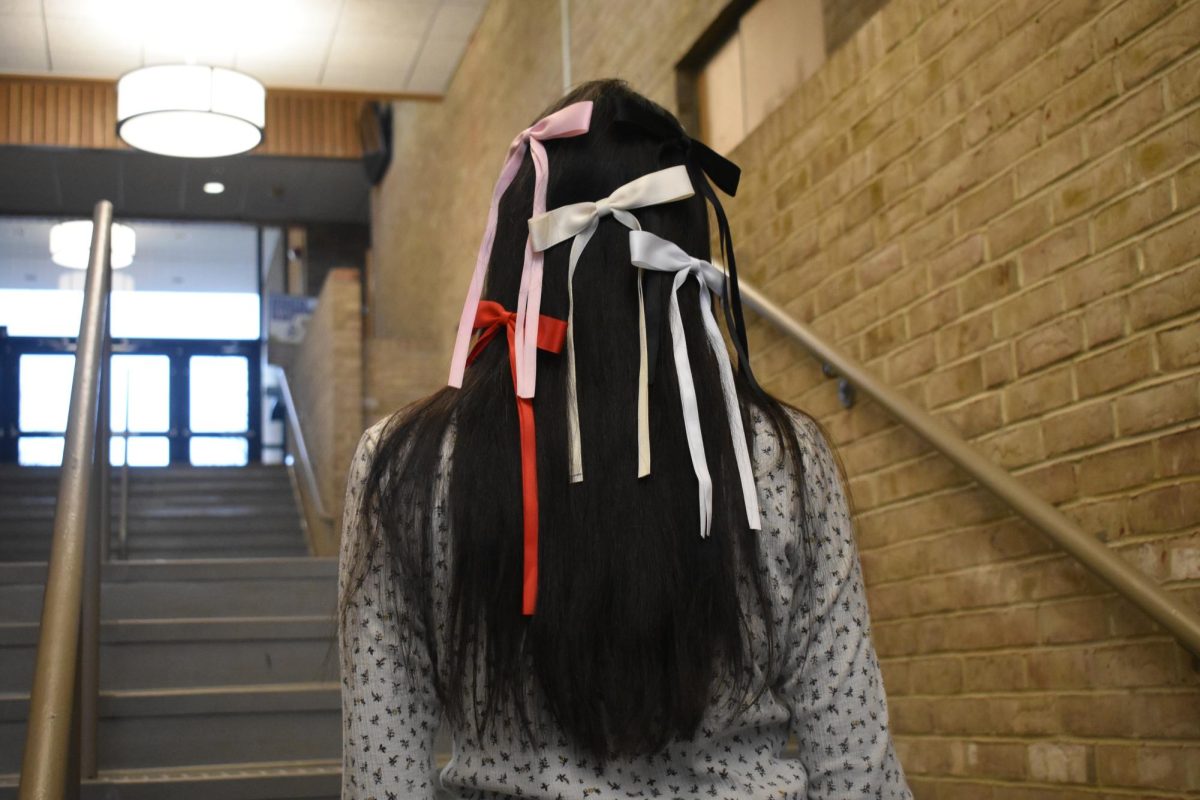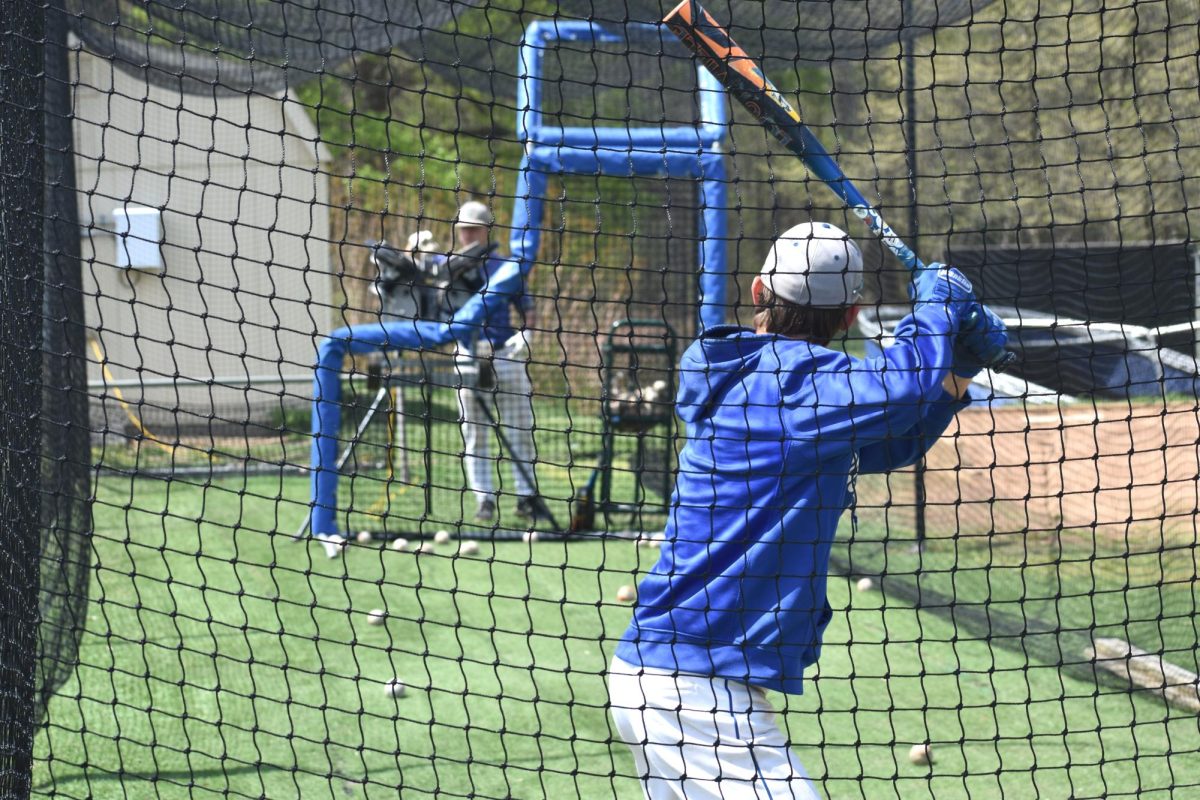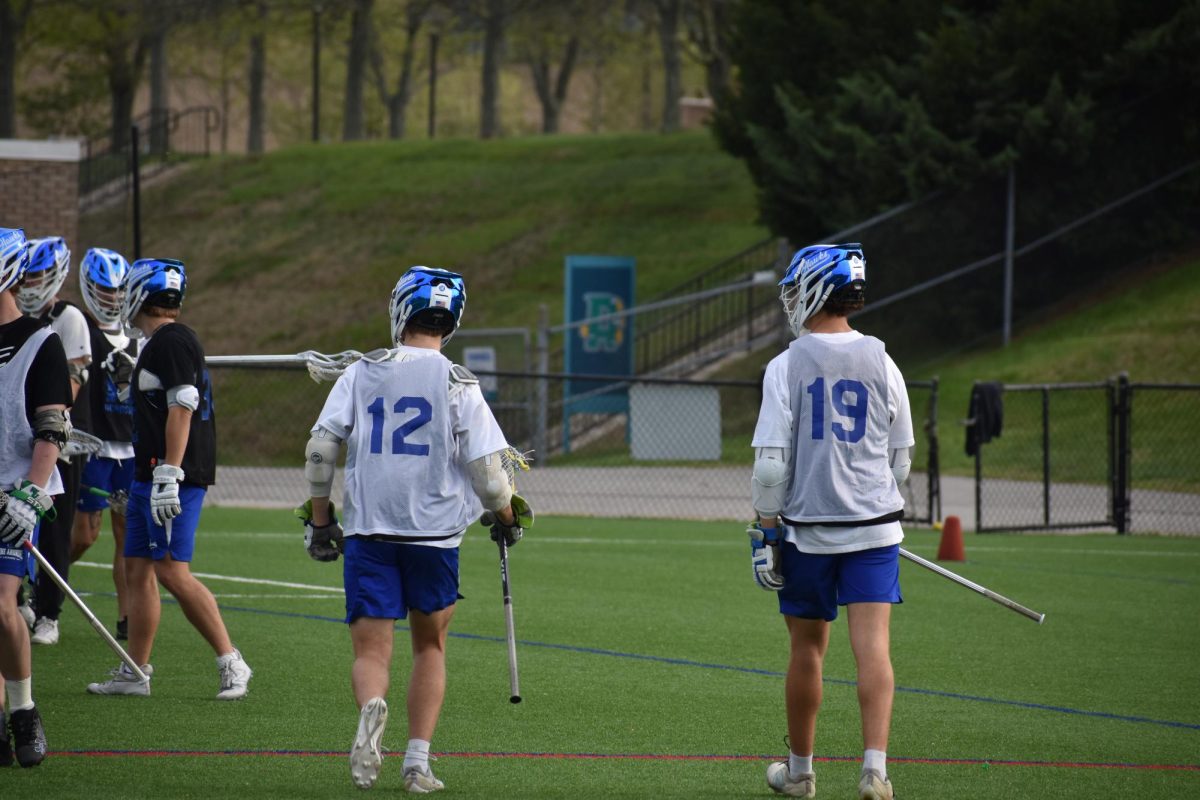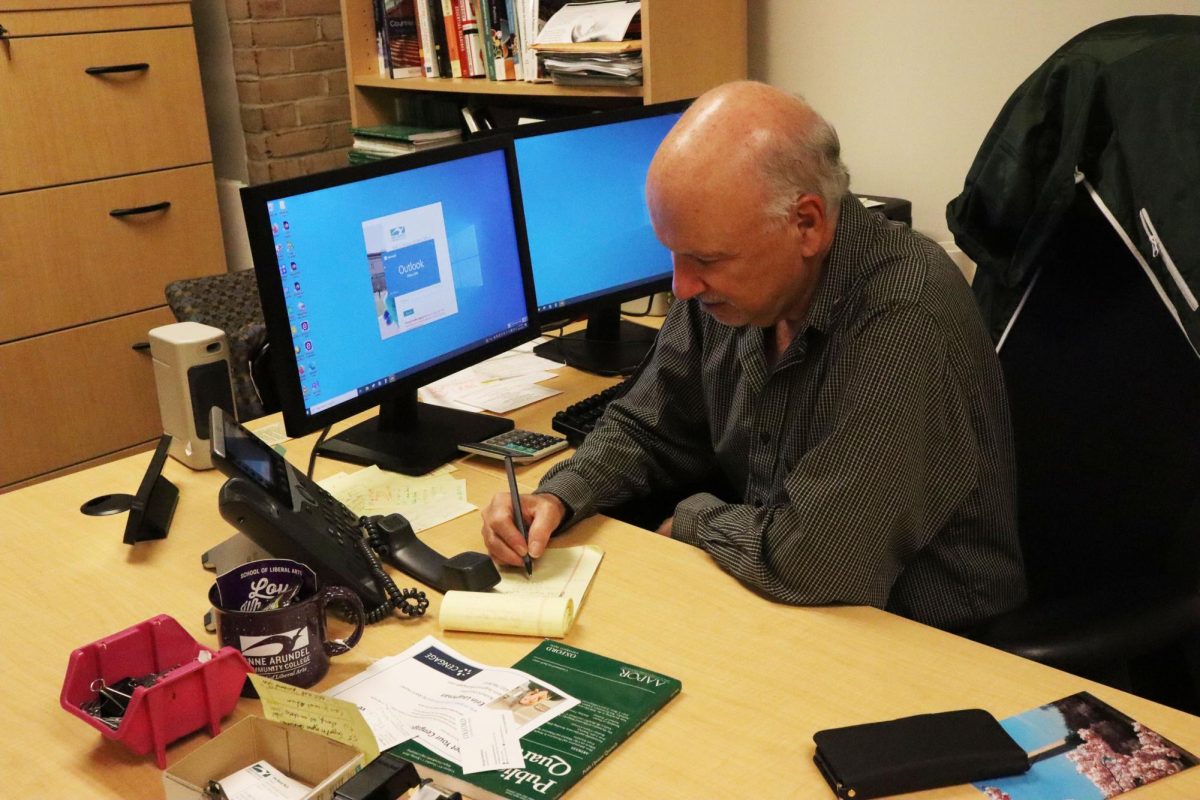Starting in the fall, classes with fewer than 15 students could be canceled before the semester begins.
This comes a year and a half after college administrators increased the minimum class size from 10 students to 12, according to Vice President for Learning Tanya Millner, who explained that the suggestion came from consulting firm rpk GROUP, which the school hired to assess how efficiently it uses its resources.
“This came after a full academic year of data analysis and discussions that involved faculty and staff,” Millner said. “The target number has increased gradually and intentionally over time to better align with the enrollment trends and some budget realities.”
Millner said administrators have no plans to raise the minimum class size higher than 15, but added the college will “keep analyzing each semester, each academic year, to make sure that that’s the appropriate number.”
Multiple faculty members have been vocal about their opposition to the 15-student minimum and have informed those taking their classes that some low-enrollment courses could be eliminated and that canceled classes could prevent some students from graduating on time.
English professor Suzanne Spoor said more than 20 classes could be affected by the change.
Communications professor Zoë Farquhar created stickers, Zoom profile pictures and posters showing the number 15 crossed out. The artwork includes the phrase, “Save our classes.
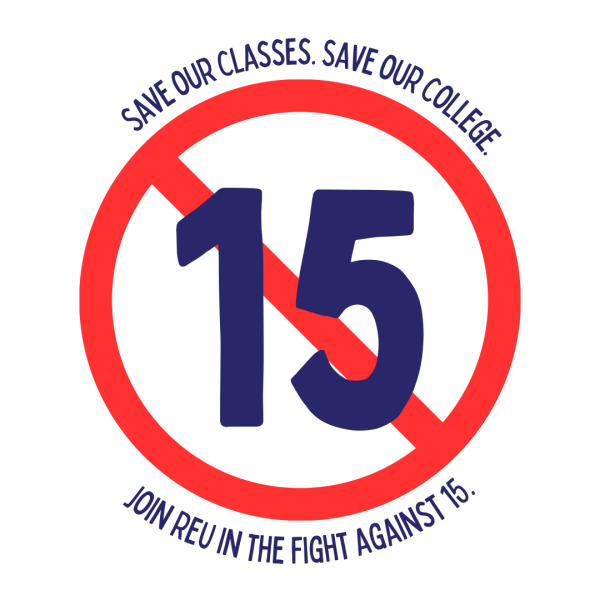
Save our college. Join REU in the fight against 15.”
REU stands for Riverhawk Educators United, the newly formed union of full-time faculty members.
“We’re fighting against it,” Farquhar said. “It gives us the opportunity to say this is the plan for next year to raise the minimum to 15. … We don’t want that to happen.”
Sociology professor Kathleen Krueger said she is against the increased minimum.
“It makes me nervous for our students, for faculty and the college itself,” Krueger said. “This is not a necessary decision, in my opinion, and doesn’t fit data that we have about student learning, where the college is going and what is best for our students, which is really what all college decisions should be based on.”
English and creative writing professor Garrett Brown said the new minimum worries him.
“One thing that research consistently says about student learning is that smaller class sizes are what’s most conducive to student learning,” Brown said. “And so, you know, the push to make the classes as big as possible seems to work a little bit against the idea of student learning. … A lot of faculty have concerns that smaller classes and programs could end up being cut.”
Some students, like first-year nursing student Connor Egan, also said they object to the new rule.
“I think it creates a lot of uncertainty for people who are trying to schedule their lives around trying to get an education,” Egan said. “A lot of people that attend AACC … are working jobs outside of school, or they have families and children, and to only have classes available to students needing, you know, a 15-person minimum … just to have [the class] pulled out from under you, like the week before [the semester begins], I mean, that’s going to cause a lot of issues for people.”
Egan added: “I don’t think the administration really understands the gravity of that decision.”
Maria Bell, a first-year transfer studies student, said she is concerned with rpk GROUP’s involvement because of its work with other colleges.
“They are known to cut liberal arts classes and prioritize non-liberal arts classes, even at community colleges and liberal arts colleges,” Bell said. “It’s really like, antithetical to the message of, you know, education and what AACC does.”
Still, Millner said officials will “always” make exceptions to the 15-minimum rule for certain classes.
“There are multiple factors to consider when we look at running a low-enrolled class,” Millner said. “If a student needs a capstone course, a specialized class, or a specific course to graduate or transfer within a semester, we will make an exception.”



